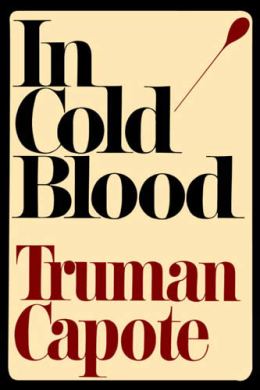
The seed from which Capote’s genre-bending 1966 book grew was a newspaper blurb about the grisly murder of a Kansas farmer and his family. Intrigued, Capote spent years digging into the context and aftermath of the crime, interviewing the killers and recreating the carnage. In Cold Blood blurred the line between fact and fiction, laying the foundation for the New Journalism later practiced by Tom Wolfe. But apart from its role in forging a new branch of literature, the book also stands on its own as a masterpiece of reportage. Though critics claim Capote took creative license, the book is nonetheless a meticulously crafted account of a heinous killing — one as gripping to readers as it was to its author.
